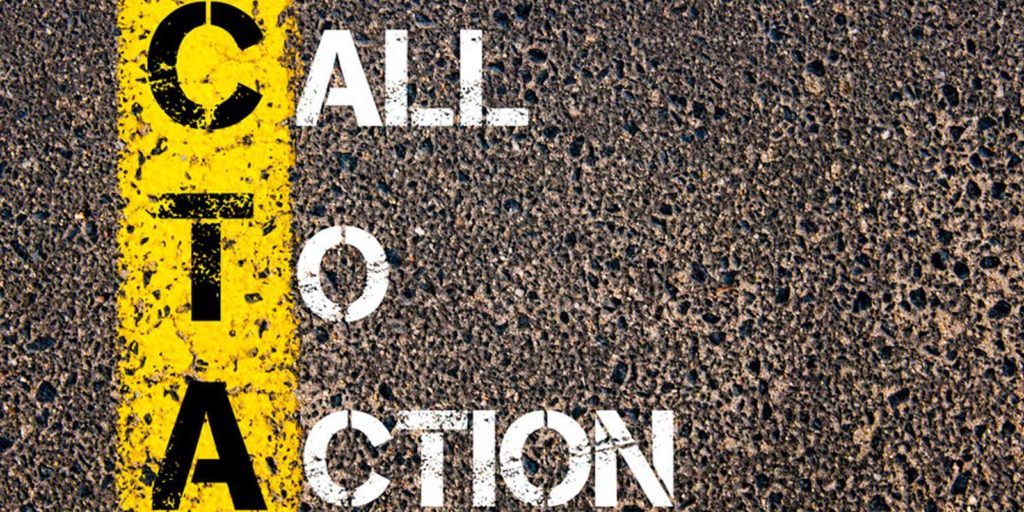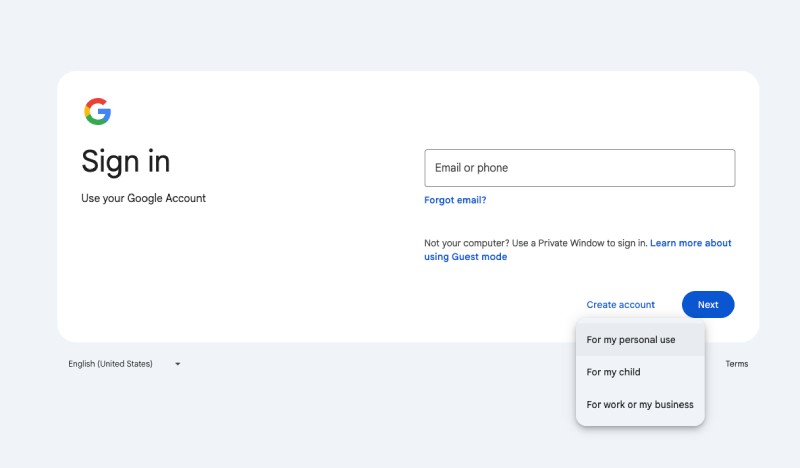 The term ‘conversion rate optimization’ (CRO) gets tossed around quite a bit in the marketing world. If you want a formal definition, it is considered a system for increasing the percentage of visitors to a website that convert into customers, or who take a desired action on a webpage. A (conversion rate – link?) is the percentage of visitors who simply complete a task on your website to convert business. There are hundreds of ways to test for this, including A/B testing, measuring response rates, and collecting real-time data, which provides numerous metrics to track your success.
The term ‘conversion rate optimization’ (CRO) gets tossed around quite a bit in the marketing world. If you want a formal definition, it is considered a system for increasing the percentage of visitors to a website that convert into customers, or who take a desired action on a webpage. A (conversion rate – link?) is the percentage of visitors who simply complete a task on your website to convert business. There are hundreds of ways to test for this, including A/B testing, measuring response rates, and collecting real-time data, which provides numerous metrics to track your success.
Of course, none of this tracking is meaningful without proper calls to action (CTAs) on your site. In fact, 90% of conversion rate optimization is about creating ways to “hook” your viewers and get them to take a desired action. In this article, we will review common types of calls to action and how you can implement them on your website and its copy to more than double your conversion rate. Read on!
Common Types of Calls to Action
A call to action can be a line of text, image, banner, or other element that encourages website visitors or leads to take action. When most people think of a CTA, they often associate the term with a “click here” button; however, there are many other types of calls to action. Here is a look at some of the most common call to action prompts that drive conversions, and how to implement them on your business website:
1. Form Submissions
Once your visitors reach your landing page, have a form ready for them to fill out. Keep the form short and simple as many prospective customers will not want to take the time to fill out long or complex forms. Also, make sure that your “submit” button quickly grabs their attention. Get creative – instead of having a small uninspiring button that simply says “submit,” create a more personal message. Use catchy copy whenever possible, such as “give it a go” instead of “download,” or “join thousands of business professionals who have already signed up” instead of “subscribe here.”
2. Clickable Phone Numbers
Most businesses, online or offline, provide a phone number to schedule appointments or talk to a customer service representative. Before smartphones, customers had to find a pen and paper to write down the number. This often resulted in lost or forgotten phone numbers. Fortunately, with the advent of responsive websites, clickable phone numbers like this one: (719) 266-2837, allow web users to simply “click” the number to call. As more and more people are now using smartphones to access the internet, clickable phone numbers are a must. With a clickable phone number (and some inspiring copy), customers will readily call your business directly from your website, significantly increasing your conversion rate.
3. Schedule Service Button
 Businesses that offer services, such as commercial enterprises, consulting services, or catering companies, often find having a “Schedule Service” button available on their website to be useful and convenient. These fixed buttons are an effective way to increase the number of appointments booked through your business by prompting customers to schedule their service date now. Ensure that these buttons are easy to find and contain the proper font and color to grab your prospective customers’ attention.
Businesses that offer services, such as commercial enterprises, consulting services, or catering companies, often find having a “Schedule Service” button available on their website to be useful and convenient. These fixed buttons are an effective way to increase the number of appointments booked through your business by prompting customers to schedule their service date now. Ensure that these buttons are easy to find and contain the proper font and color to grab your prospective customers’ attention.
4. Product & Service Discovery
When discovering your website for the first time, it is common for visitors to search the various pages of your site to see what you have to offer. One way to embed a CTA into your content is by showcasing your products or services. This type of call to action may consist of simple text/image/button combos that stand out from your content. This can allow your website viewers to browse your site and its content while taking notice of your products’ newest features or latest service offerings.
5. Social Sharing Buttons
Social media is a powerful tool that can attract new customers to your website. By placing social sharing buttons into your content, readers are able to click on the buttons and easily share information about your brand, its content, or its products or services directly to social media platforms such as Facebook, Twitter, Instagram, and LinkedIn. Fortunately, many content management system (CMS) plugins are widely available for this specific purpose.
6. Lead Nurturing
While there may be people interested in what you have to offer, not everyone will make it a priority to follow through. This is where lead nurturing can come in handy. You can keep your prospective customers intrigued by encouraging them to download pdf guides, try free trials, demo products or subscribe to your newsletter or blog. This can keep interested customers receptive to buying from you, while channeling them through your conversion funnel.
7. Write Catchy Headlines
Including catchy headlines can be a brilliant tactic when utilizing a call to action strategy. Most consumers are more likely to click and purchase form a company that creates a more memorable and unique user experience.
Click here to learn how to double your conversions. Instantly.
Okay, we are only joking, but this is a great example of what a CTA headline is all about. Remember, the goal here is to get your customers to take action. Thus, anytime you have a button or link you want you customers to click on, it is helpful to write something original that inspires urgency. Use command verbs and do not be afraid to get a little creative.
Doubling Conversions with Calls to Action
 Establishing well-placed and concise calls to action on your website is important for a number of reasons. You can only count on your brand and content so much to attract customers and drive conversions. Great CTAs are needed to direct users to take a desired action that improves conversion rates and helps businesses reach important objectives. If your website users are not clicking on your links, then you are not correctly implementing CTAs. To boost performance, analyze your site to find out where lies the issue.
Establishing well-placed and concise calls to action on your website is important for a number of reasons. You can only count on your brand and content so much to attract customers and drive conversions. Great CTAs are needed to direct users to take a desired action that improves conversion rates and helps businesses reach important objectives. If your website users are not clicking on your links, then you are not correctly implementing CTAs. To boost performance, analyze your site to find out where lies the issue.
The benefits of a successful CTA are undeniable. The simple and concise nature of a call to action communicates to your prospective customer exactly what to do next. This helps to eliminate any confusion and pushes users to take the next appropriate step of acquiring your products or services, whether it is to read a service page or fill in a submission form.
Pro tip: Remember that your call to action is not the final step in the process. Once you have your visitor’s attention and they click on your CTA, you have to deliver on your promise and ensure that the destination that you are promoting is worth the click. In addition to being well-designed and user-friendly, provide the information promised in a way that will encourage further action, whether it is buying a product or service or signing up for a newsletter. Strong CTAs within your website will drastically increase your sales.
Create Custom Calls to Action With a Digital Marketing Agency
Calls to actions are designed to make websites more efficient by channeling visitors in the right direction to accomplish both their goals and the objectives of your business. For small companies who want to leverage their conversation optimization to increase leads and sales, a custom Call to Action campaign can be a game-changer. A professional digital marketing agency can assist you in creating one of a kind call to action buttons, along with engaging content and an enterprise grade website to back it up. For more information about call to actions web services, contact a professional digital marketing agency today.








